The views expressed in our content reflect individual perspectives and do not represent the authoritative views of the Baha'i Faith.
If you’re a pessimist, you may see religious conflicts everywhere—but if you’re an optimist, you see the rise of the interfaith movement.
The sensational, violent actions of religious extremists might dominate the headlines and newscasts, but those only represent the loud, radical views of a tiny minority. What the headlines don’t often reflect, and what most people may not know about, is the growing power of a new global tendency toward inter-religious cooperation and exchange known as the interfaith movement.
During the past century and a quarter, since the Parliament of World Religions in Chicago in 1893, members and leaders of all Faiths have come together to call for global understanding, cooperation and peace among the religions. Many of the world’s Hindus, Buddhists, Sikhs, Muslims, Jews, Baha’is, and Catholic, Orthodox, Protestant and evangelical Christians have participated in that call. They helped to form the interfaith movement, which allowed the call for alliance and collaboration to be made. The movement has even begun to impact the theology and policies of the world’s largest religious bodies. The Catholic Church has formally declared that Muslims are part of God’s plan of salvation, and the Pope recently called the Jewish people “our dearly-beloved elder brothers.” A new era of religious peace is dawning, and when you look, you’ll see that it’s happening everywhere.
In thousands of cities across the planet, members of every religion have come together to form a unique, new, de-centralized and diffuse interfaith movement, unprecedented at any other time in human history. Pastors, priests, rabbis, mullahs, imams and monks, along with millions of rank and file believers, have started to meet and work together with their counterparts from other Faiths. Interfaith devotions, services and presentations have become commonplace. Increasingly, the barriers that used to keep the religions separate have begun to dwindle and fade away.
A welter of interfaith organizations now exists, including the Parliament of the World’s Religions, Religions for Peace, United Religions Initiative, Interfaith Youth Core and many more.
If the interfaith movement has a motto, it probably comes from Hans Kung, the theologian and President of the Global Ethic Foundation:
There will be no peace among the nations without peace among the religions. There will be no peace among the religions without dialogue among the religions.
But long before the interfaith movement got its start, the Baha’i teachings recommended the exact same thing:
Inasmuch as the essential reality of the religions is one and their seeming variance and plurality is adherence to forms and imitations which have arisen, it is evident that these causes of difference and divergence must be abandoned in order that the underlying reality may unite mankind in its enlightenment and upbuilding. All who hold fast to the one reality will be in agreement and unity. Then shall the religions summon people to the oneness of the world of humanity and to universal justice; then will they proclaim equality of rights and exhort men to virtue and to faith in the loving mercy of God. The underlying foundation of the religions is one; there is no intrinsic difference between them. Therefore, if the essential and fundamental ordinances of the religions be observed, peace and unity will dawn, and all the differences of sects and denominations will disappear. – Abdu’l-Baha, The Promulgation of Universal Peace, p. 98.
Why has all this begun to happen now? Baha’is believe it has come about because of Baha’u’llah’s revelation, which calls for the unity of all Faiths:
It is evident that growing numbers of people are coming to realize that the truth underlying all religions is in its essence one. This recognition arises not through a resolution of theological disputes, but as an intuitive awareness born from the ever widening experience of others and from a dawning acceptance of the oneness of the human family itself. Out of the welter of religious doctrines, rituals and legal codes inherited from vanished worlds, there is emerging a sense that spiritual life, like the oneness manifest in diverse nationalities, races and cultures, constitutes one unbounded reality equally accessible to everyone …
… the Baha’i community has been a vigorous promoter of interfaith activities from the time of their inception. Apart from cherished associations that these activities create, Baha’is see in the struggle of diverse religions to draw closer together a response to the Divine Will for a human race that is entering on its collective maturity. The members of our community will continue to assist in every way we can. We owe it to our partners in this common effort, however, to state clearly our conviction that interfaith discourse, if it is to contribute meaningfully to healing the ills that afflict a desperate humanity, must now address honestly and without further evasion the implications of the over-arching truth that called the movement into being: that God is one and that, beyond all diversity of cultural expression and human interpretation, religion is likewise one. – The Universal House of Justice, April 2002, To the World’s Religious Leaders, pp. 4-6.
What will it take to accomplish that lofty goal of the unification of religion? It may seem like an impossible dream, but what steps in the journey toward unification could we begin to make now?
In the same document quoted above, written to the world’s religious leaders in 2002, the global Baha’i community’s elected administrative body—the Universal House of Justice—called for a single important first step: “renunciation of all those claims to exclusivity or finality that, in winding their roots around the life of the spirit, have been the greatest single factor in suffocating impulses to unity and in promoting hatred and violence.” – Ibid., p. 4.
How can religions, now that they have entered a new era of interfaith discourse and collaboration, renounce their claims to exclusivity or finality? In the final essay in this series, we’ll explore that crucial question.




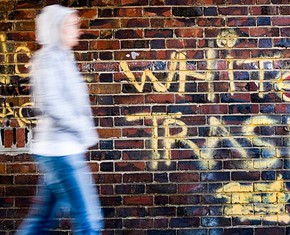


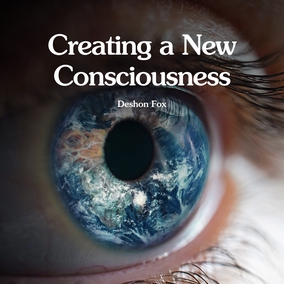


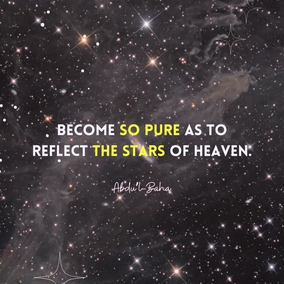

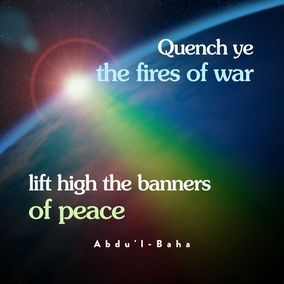
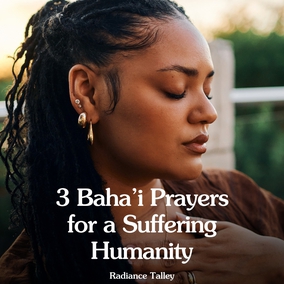


Comments
Sign in or create an account
Continue with Googleor